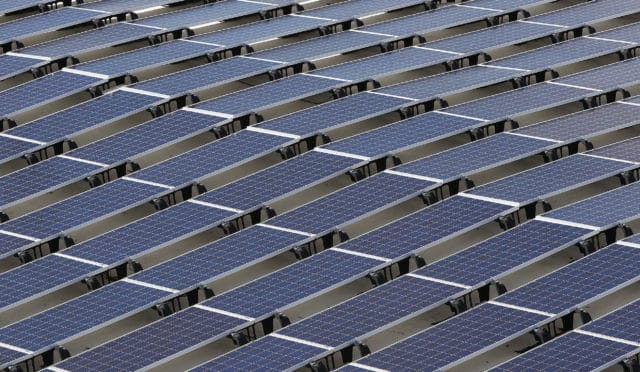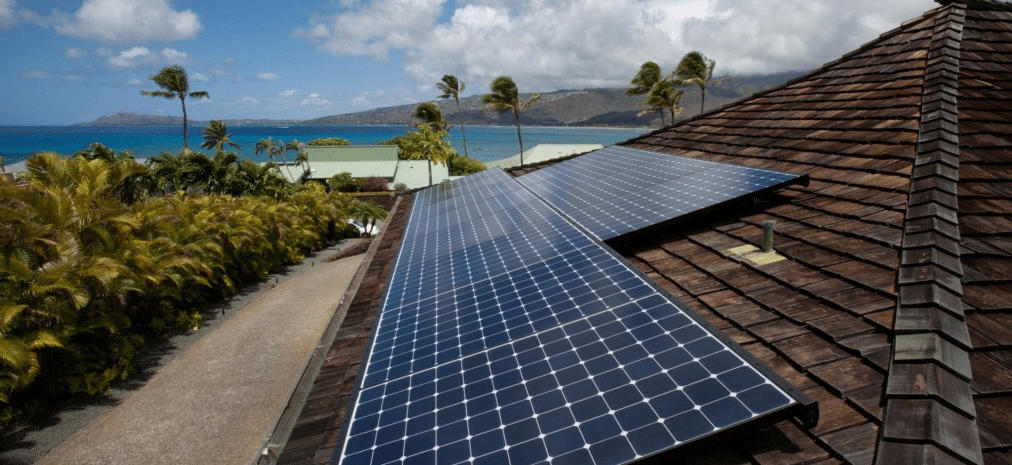On July 2, 1932, presidential candidate Franklin D. Roosevelt gave a speech at the Democratic National Convention outlining “a new deal for the American people.”
Facing a cratered economy in the midst of the Great Depression, Roosevelt laid out a wide-ranging recovery plan that leaned heavily on government spending on infrastructure projects, fiscal and banking reforms, welfare reform, and other social programs.
As part of this path, construction and public works played a huge role in creating not only immediate employment for the millions of unemployed, but long-term “self-sustaining” jobs.
Out of this New Deal agencies like the Work Progress Administration were created to employ people to build massive infrastructure projects like the Tennessee Valley Authority, roads and buildings across America, and public buildings and structures like LaGuardia Airport and the Griffith Observatory. A lesser known aspect of the New Deal was the Reconstruction Finance Corporation, which made loans to private businesses and helped financially support state and local governments.

Image: Honolulu Civil Beat
Reading this speech today, it’s striking how some of the problems that Roosevelt addressed seem familiar and are still present, especially given the global catastrophe that COVID-19 poses to all of us. Samuel Clemens is rumored to have said “history doesn’t repeat itself, but it often rhymes.” Perhaps we can use programs like the New Deal to inform how we address the 37% unemployment rate now and begin working on a self-sustaining recovery post-crisis. It should be noted that the largest single infrastructure project that the New Deal produced was a public utility company, the Tennessee Valley Authority.
Given Hawaii’s audacious renewable energy goals it seems logical that industries such as solar can help be a big part of that recovery.
Pay scales
Let’s start with job creation. Between March 1 and April 17, over 244,330 unemployment claims have been filed as a result of workforce reductions due to COVID-19.
The solar industry, and the broader construction industry, remains one of the distinct “essential businesses” that continues to operate during the crisis, as well as during recovery. Using national data from The Solar Foundation, for every megawatt of residential solar installed, 38.7 jobs are created. For commercial scale it’s 21.9 per MW and for a utility its 3.3 per MW.
Even entry level jobs are on the higher end of the pay scale, paying an average of $21.39 per hour for an entry level solar installer in Hawaii.
These jobs will be around long after the crisis ends. Hawaiian Electric’s April 2017 “Power Supply Improvement Plan,” for instance, estimates a need for between 1,226 MW and 2,537 MW of rooftop solar. Using the above numbers, that generates approximately 47,000 to 98,000 jobs over 25 years.
What about effectiveness?
Roosevelt’s speech cautions that any publicly funded works should be “self-sustaining” and that they should not “build without building for a necessary purpose.” A 2017 study by Thomas Loudat and Prahlad Kasturi found that, “For each solar credit dollar spent, over the life of a solar system, the state receives $1.97 to $2.67 dollars in additional tax revenues” and that “the solar credit expenditure is generating more in labor income than its dollar cost.”
Conservatively, this means that the state makes $137 million from a $70-million-a-year expenditure. Eliminating this credit means the state loses out on that potential tax revenue. Federally, every $4 spent on solar in Hawaii represents $1 of federal investment in the state’s economy through the federal renewable energy tax credit.
Solar is also an infrastructure-based energy source, which means significant up front spending on development, generating lots of GET and income tax revenue.
There is also an economic benefit to ratepayers, in the form of reduced electric bill cost. Data from the Hawaii State Energy Office published in 2019 found that average customer electric bills declined by over 20% between 2011 and 2018, while average rates stayed approximately the same.
The two largest energy developments that happened during this time period were publicly funded energy efficiency programs and massive rooftop solar development. Note that this is average electric bills across all customers, not just those with rooftop solar.
We haven’t even begun discussing the myriad other benefits of renewable energy development such as reduced carbon emissions, building resiliency into the electric grid, and hardening it from disasters.
The kicker is that all of this is possible even before any federal or state emergency stimulus money hits the market. Existing incentives and programs, like the state and federal investment tax credit, Hawaii Energy rebates, and the Green Energy Market Securitization program provide a tried and true pathway to development.
Now that the landscape has changed, these types of programs and improvements to them will be a major determining factor in whether or not a successful recovery will occur.
Likewise, traditional barriers to development such as permitting and interconnection bottlenecks, inefficient processes, and outdated practices become exponentially worse during a health crisis like COVID-19, which compels many of us to shelter and work from home, avoid prolonged social contact, and reduce the chance for infection.
Put another way, how do we ensure that essential businesses are able to actually do business?
Urging our public institutions
We need to urge our public institutions and our leaders to adopt policies, both in the short and long term, that reinvigorates and improves the economy. For the renewable industry, this means building as much as possible, as fast as possible.
It means that state and local governments have to trust and work with, not against, the public and private organizations that will build the recovery. Federal, state, and local governments need to invest heavily in job training programs and create pathways for people to invest their money in an economy that tells them to do anything but.
If we go in the opposite direction, by adhering to conservative fiscal policies like cutting successful programs or scaling back spending, we risk elongating the economic impacts of the crisis beyond what it should be.
Roosevelt realized the awesome power and responsibility the government had to dig America out of the hole it fell into, and also acknowledged the opportunity for rebirth of a new nation out of the rubble of an old one. Towards the end of his speech, he noted “Out of every crisis, every tribulation, every disaster, mankind rises with some share of greater knowledge, of higher decency, of purer purpose.”
Hawaii’s leaders are being called in the same way, and the tools that they have available to them to build a better state of “purer purpose” are right in front of them. All they need to do is pick them up.
***
Allison Hilliard hails from California and is currently a student at the University of Hawaii Manoa studying psychology and economics. She is interested in solar renewable energy, electric vehicles and their charging stations, and promoting affordable solar energy to low- and middle-income housing.
Will Giese is executive director of the Hawaii Solar Energy Association, Hawaii’s oldest and largest local solar industry organization. He has experience as a solar policy analyst and PV designer, and he focuses on policy analysis, creation, and advocacy of clean energy policy through the use of rooftop solar hot water and PV.
The views and opinions expressed in this article are the author’s own, and do not necessarily reflect those held by pv magazine.
This content is protected by copyright and may not be reused. If you want to cooperate with us and would like to reuse some of our content, please contact: editors@pv-magazine.com.








Interesting but less detail that I thought would be.
Hawaii has abundant Re resources so should be the first 100% RE state if for no other reason, butting kwh rates by 50% or more.
And getting there is easy. First solar should be done on homes, buildings, parking lots by people and business as they will anyway.
The utilities should do wind which is near steady as base line, solar doing peak.
The big resources no one mentions, the diesel generators that now generate the power has a stock conversion to burn gasified biomass. So all Hawaii needs to do is buy some biomass gasifiers, simple old tech and use biomass wastes they have lots of.
That gives you low cost solar, wind and backup could be done in 10 yrs at 50% of the cost now. And only that high because everything costs more in Hawaii.